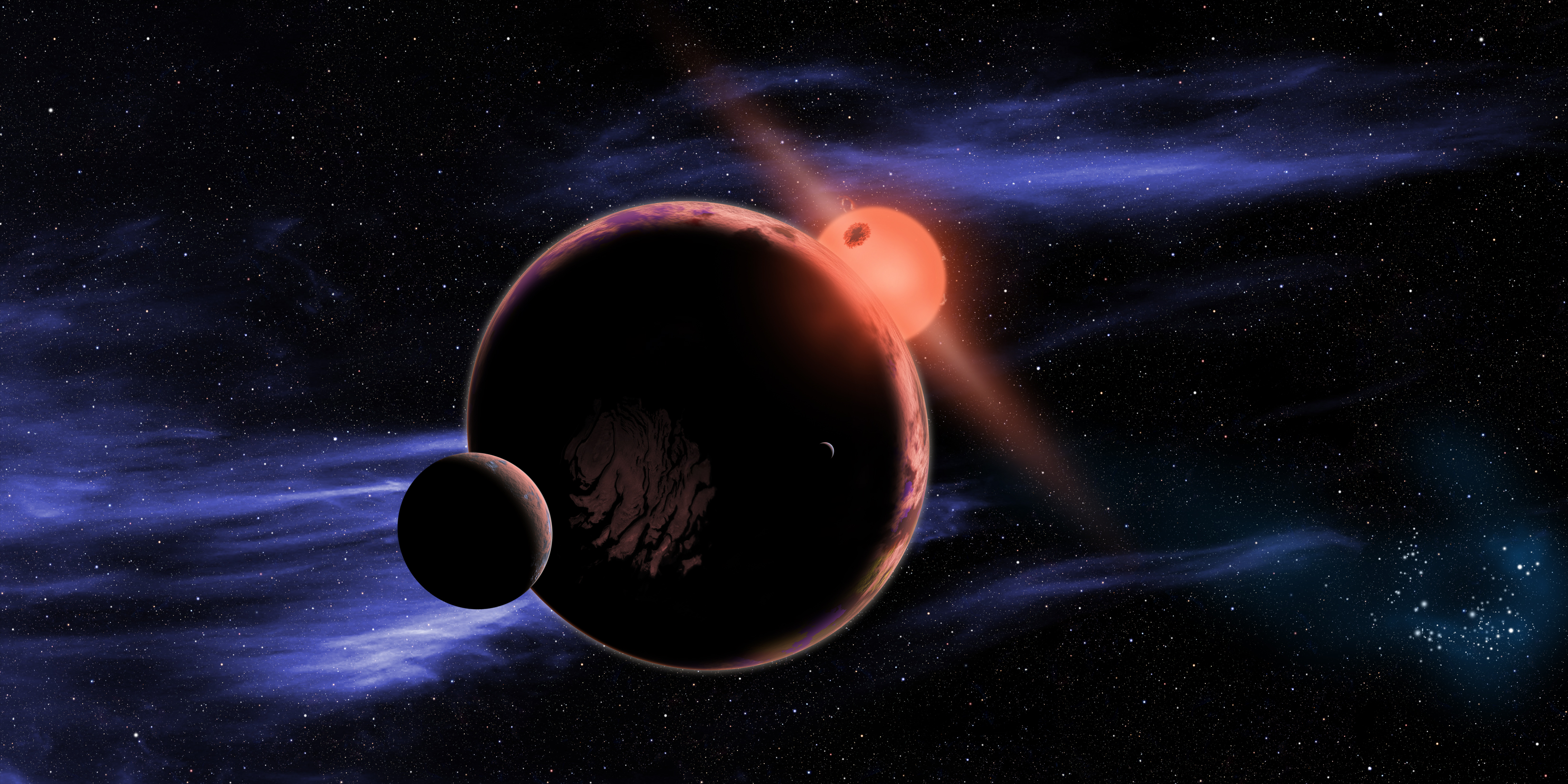Big News Due: Earth-like Exoplanet Orbiting Nearby Star?

On Wednesday, Aug. 24, we could find out whether or not the recent rumors of an Earth-like exoplanet existing on our interstellar doorstep are real.
In a press notification on Monday, the European Southern Observatory (ESO) said only that they "will host a press conference at its Headquarters in Garching, near Munich, Germany" and that the ESO's Director General, Tim de Zeeuw, will open the event. The press conference will start at 1 p.m. Central European Time (CET) -- 7 a.m. EDT/4 a.m. PDT. There was no mention of the scientists who would be in attendance or what astronomical topic the event would focus on.
RELATED: Could Proxima Centauri Be Our Interstellar Getaway?
Though the announcement is vague, there's excitement surrounding the possibility of a potentially habitable extrasolar planet (or exoplanet) orbiting the sun's nearest neighbor, Proxima Centauri. The red dwarf star is located only 4.25 light-years away and, if confirmed, the world would be the closest confirmed exoplanet to our solar system.
Should this exoplanet have any Earth-like qualities, this historic astronomical discovery could transform our outlook of the galaxy.
But before we go getting too excited, the rumors of an "Earth-like" exoplanet are just that, rumors. And even the term "Earth-like" is quite misleading.
WATCH VIDEO: Can We Mathematically Prove Aliens Exist?
Get the Space.com Newsletter
Breaking space news, the latest updates on rocket launches, skywatching events and more!
According to the German weekly magazine Der Spiegel on Aug. 12, the discovery was made by the ESO's La Silla Observatory in the Atacama Desert in Chile. La Silla is home to several telescopes, including instruments that are designed to seek out planets orbiting other stars.
For example, La Silla's High Accuracy Radial velocity Planet Searcher, or HARPS, has been studying the light from stars in the hope of detecting the very slight spectroscopic "wobble" caused by exoplanets gravitationally tugging at them as they orbit. This high-precision technique of exoplanet hunting is known as the "radial velocity" method. If there's a planet orbiting Proxima Centauri, though a Earth-sized planet would have a minuscule effect on its parent star, perhaps HARPS has been able to detect the slight wobble as Proxima Centauri is so near.
RELATED: New, Nearby Earth-Like Planet Discovered
As exciting as this potential discovery is, "Earth-like" carries a lot of caveats. The term is often bandied around to describe an exoplanet, of approximately Earth dimensions orbiting within a given star's habitable zone. The habitable zone is the distance from a star where it's not too hot and not too cold for water on a hypothetical rocky world to remain in a liquid state. On Earth, where there's liquid water, there's life, so finding an alien world in any star's habitable zone is exciting for the possibilities of extraterrestrial biology.
But there's a lot more to Earth than simply being in the right place around the sun that makes it habitable. Earth is also rocky, has a thick atmosphere, has a protective magnetosphere etc., all ingredients for a bona fide life-giving world. The only planet we know that is Earth-like is Earth.
Should there really be a world that approximates Earth mass/size at a distance that could allow water to exist in a liquid state on its hypothetically rocky surface, that's all we'll know. We won't know whether it has an atmosphere or a magnetosphere. We won't know if it possesses water.
And as Proxima is a red dwarf star, which is cooler than our sun, a habitable zone planet would need to orbit very close to the star, which presents the problem of tidal locking -- a very un-Earth-like quality!
RELATED: 'Air Conditioning' Could Make Exoplanets Habitable
So if there has been an exoplanetary discovery at Proxima, we'll need to wait for more powerful observatories before we'll know just how Earth-like it is, but it will be perfectly placed for us to astronomically study. It's not such a stretch to think that when NASA's James Webb Space Telescope is launched in 2018 that such a world would be high on the list of targets.
We could decipher if the Proxima exoplanet possesses an atmosphere, if this atmosphere contains water and ifit contains any traces of molecules that would hint at some kind of extraterrestrial biology.
For now, this is all speculation, but Wednesday could be the historic day when we start pondering an exiting new world a mere galactic stone's throw from Earth.
Originally published on Discovery News.
Join our Space Forums to keep talking space on the latest missions, night sky and more! And if you have a news tip, correction or comment, let us know at: community@space.com.
Ian O'Neill is a media relations specialist at NASA's Jet Propulsion Laboratory (JPL) in Southern California. Prior to joining JPL, he served as editor for the Astronomical Society of the Pacific‘s Mercury magazine and Mercury Online and contributed articles to a number of other publications, including Space.com, Space.com, Live Science, HISTORY.com, Scientific American. Ian holds a Ph.D in solar physics and a master's degree in planetary and space physics.










